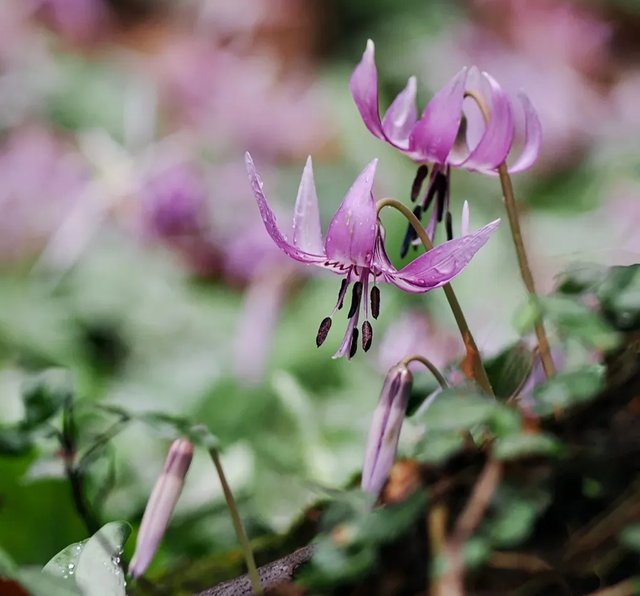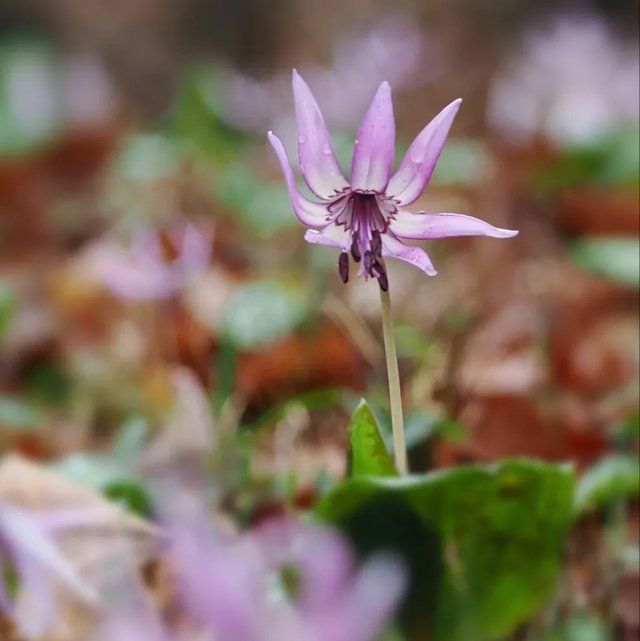So Beautiful Asian Fawnlily Flower
The Enchanting Beauty of the Asian Fawnlily
Nature has a way of creating botanical masterpieces that captivate us with their beauty, uniqueness, and symbolism. One such treasure is the Asian fawnlily—a delicate and graceful woodland wildflower native to East Asia, particularly Japan, Korea, northeastern China, and parts of eastern Russia. Often referred to in Japan as "Katakuri, this ephemeral spring flower has long held a cherished place in local culture, botany, and even cuisine.
A Glimpse into Its Appearance
The Asian fawnlily is an early spring bloomer, emerging from the forest floor when most trees are still bare and sunlight filters down to the forest understory. Its most distinguishing features are its nodding, violet-pink flowers and lance-shaped leaves, often mottled with shades of brown and green, resembling the fur of a young fawn—hence the name "fawnlily."
Each plant typically produces a single flower, held on a slender stem that gently curves downward. The six tepals curve backward in a reflexed manner, giving the flower a windswept, elegant look. This blooming usually occurs from March to early May, depending on the region.
Ecological Role and Habitat
Asian fawnlilies thrive in deciduous woodlands, especially in moist, well-drained soils that are rich in organic matter. They are part of a group of plants known as spring ephemerals—plants that bloom early in the season, quickly photosynthesize and store energy, and then retreat underground by early summer.
These lilies play an important ecological role, providing early nectar and pollen for bees and other pollinators when food sources are scarce. Their presence often indicates a healthy forest ecosystem with minimal disturbance.
Cultural and Culinary Significance
In Japan, Katakuri has deep-rooted cultural symbolism. It’s often associated with the fleeting nature of beauty and life, similar to cherry blossoms. The flower is featured in haiku poetry, art, and seasonal festivals.
Historically, the bulbs of the fawnlily were used to produce a starch known as katakuriko. This starch was highly valued and used in traditional Japanese cooking, especially for making confections and for thickening sauces. However, due to the plant’s slow growth and overharvesting, true katakuriko is now rare and mostly replaced by potato starch in modern kitchens.




| Device | cannon eos 700D |
|---|---|
| Lens | 55-250 zoom leans |
| Location | Bangladesh |
